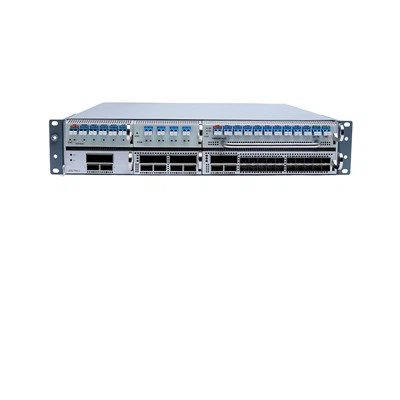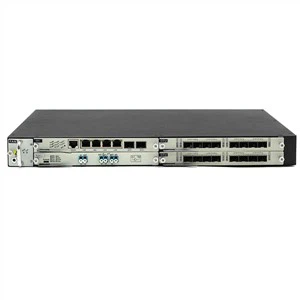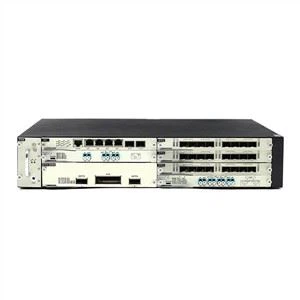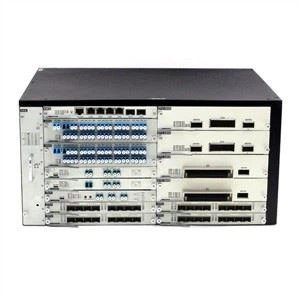Single core optical module uses WDM technology to realize two-way transmission of optical signal by one optical fiber. Generally, the optical module has two ports, TX is the transmitting port and Rx is the receiving port; the single core optical module has only one port, which is filtered by the filter in the optical module to complete the transmission and reception of optical signals of different wavelengths at the same time. Therefore, single core optical modules must be used in pairs. The most commonly used wavelengths of single core optical modules are 1310nm / 1550nm, 1310nm / 1490nm, 1510nm / 1590nm.
characteristic
1. Integrated 1550 / 1490nm or 1550 / 1310 WDM
2. Single power supply + 3.3V / + 5V power supply
3. LVPECL / PECL data interface
4. Working temperature - 40 ℃ ~ + 85 ℃ (industrial grade) 0 ℃ ~ + 70 ℃
5. Meet gr-468-core requirements
6. It meets the requirements of Laser Class 1 and iec60825-1
7. RoHS products can be supplied
Advantages and disadvantages
Advantages of single core optical module:
1. The competition in the industry is becoming more and more fierce. Many competitors are supplying single core optical modules. The development of the market makes single core optical modules more and more popular. It is necessary to keep up with the trend.
2. Single core optical modules can reduce the cost of fiber cabling infrastructure because it requires fewer cables and fewer fiber optic patch panels.
3. Single core optical module can save more valuable space in the installation process.
Disadvantages of single core optical module:
1. It must be used in pairs with certain limitations.
2. Compared with the general optical module, the price is slightly higher.





















